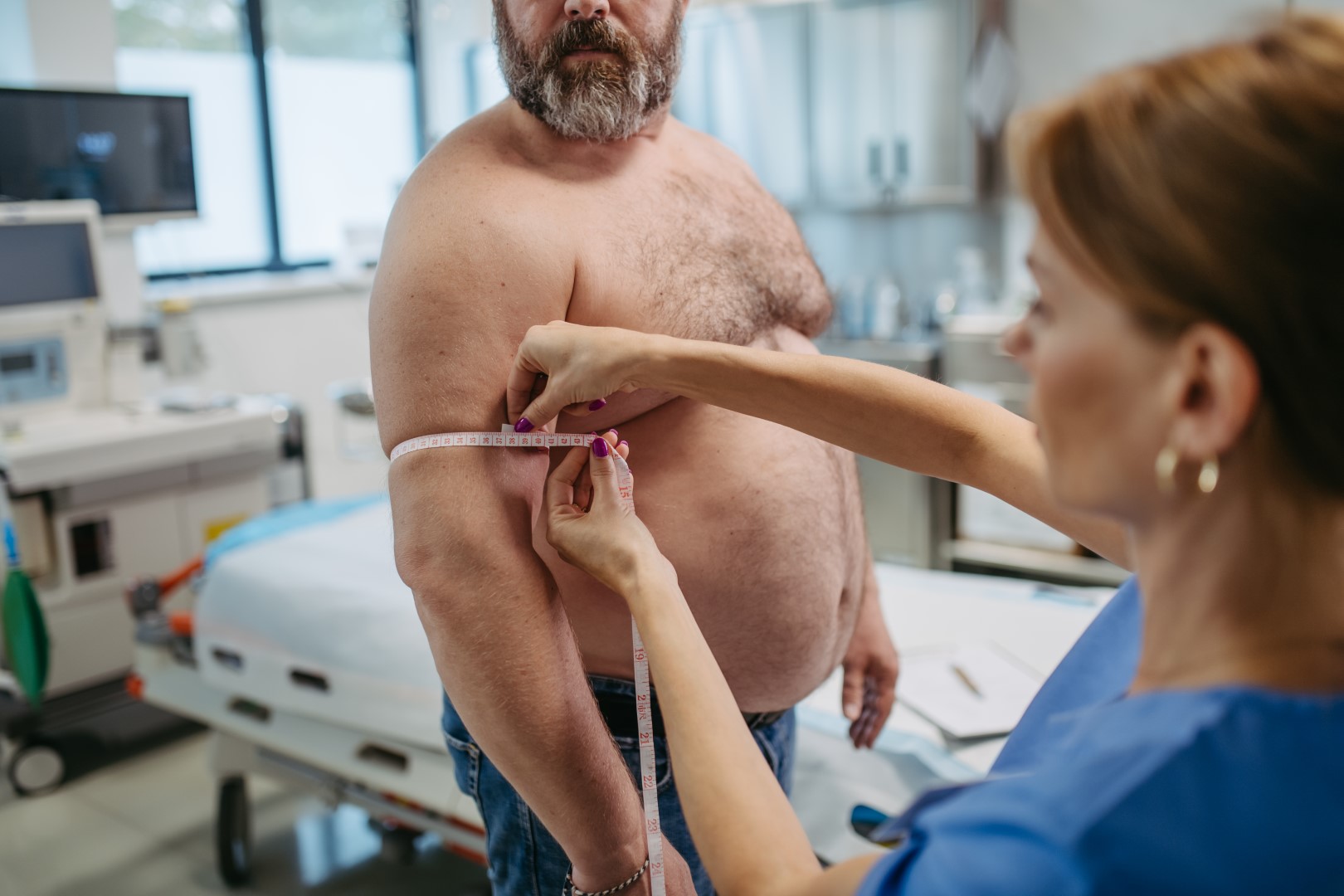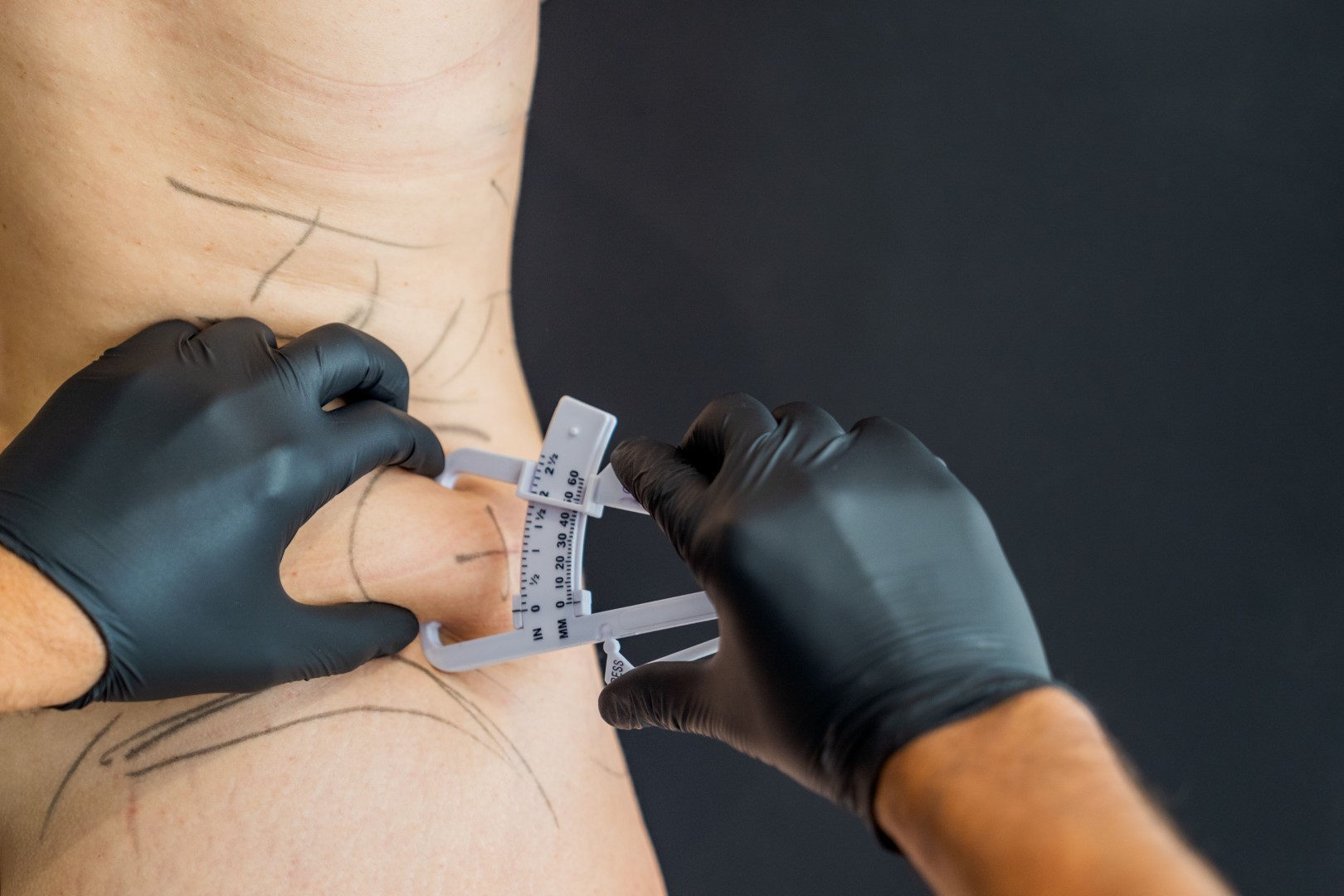The bariatric surgery represents a significant change in the lives of those who opt for it. It involves not only a physical transformation, but also profound changes in habits and approaches to health. One of the cornerstones of maintaining long-term success after this procedure is the incorporation of an appropriate exercise regimen. However, for many patients, especially those recovering from major surgery, exercise can seem like an overwhelming and unfamiliar task.
In this guide, we will address the importance of physical exercise after the bariatric surgery and provide detailed guidance for those wishing to start or improve their exercise routine. From the first steps to establishing a sustainable routine, we will explore how exercise can be a key component in the journey to a healthier, more active life after the bariatric surgery.
By understanding the benefits of postoperative exercise and learning what types of exercise are safe and effective, patients can feel empowered to take the first step toward a more active and healthy lifestyle. With the right support and the right information, exercise after surgery can be a great way to help patients achieve a more active and healthy lifestyle. bariatric surgery can become an integral part of daily life, helping to maintain lost weight, improve cardiovascular health and strengthen the body and mind.
First Steps: Introduction to Postoperative Exercise
After undergoing a bariatric surgeryIn addition, physical exercise becomes a vital component of recovery and maintenance of health. However, it is crucial to start gradually and progressively, especially during the first weeks and months after surgery.
The first steps in the postoperative exercise usually focus on gentle, low-intensity activities that help improve mobility, promote blood circulation and prevent complications related to inactivity. These may include walking short distances indoors or around the neighborhood, performing gentle stretching exercises, or practicing deep breathing techniques.
It is important to remember that each patient is unique and exercise capacity may vary depending on individual recovery and specific medical recommendations. Therefore, it is critical to follow the instructions of the medical team and not to push the body beyond its limits during this early stage of recovery.
In addition, it is crucial to listen carefully to the body's signals and take breaks when necessary. Pain, excessive fatigue or any unusual discomfort should be taken seriously and reported to the medical team immediately.
As the patient recovers and gains strength, more intense and varied exercises can be gradually added to the routine. However, it is critical to follow a gradual approach and consult with the medical team before making significant changes to the exercise routine. Patient safety and well-being are always the number one priority.
Recommended and Safe Exercises After Surgery
After the first few weeks of postoperative recovery, it is possible to begin incorporating a variety of recommended exercises and safe in the exercise routine. These exercises are designed to promote muscular strength, improve flexibility and mobility, as well as increase cardiovascular endurance, without putting the patient's health at risk.
An excellent option to get started is to perform low-impact exercises that do not put excessive stress on joints and muscles. The swimmingthe static cycling and the brisk walk are excellent choices for strengthening the heart and muscles without causing additional strain on the body.
Strength exercises, such as light weight lifting or the use of resistance bands, can also be beneficial for building muscle mass and improving metabolism. It is important to start with light loads and gradually increase the intensity as the patient gains strength and confidence in his or her ability.
In addition, the value of stretching and flexibility exercise should not be underestimated. Stretching exercises can help improve range of motion, reduce the risk of injury and relieve accumulated muscle tension. Static or dynamic stretching exercises can be performed before and after each exercise session to maximize the benefits.
Last but not least, it is crucial to listen to the body and adjust the intensity and duration of exercise as needed. The goal is to find a balance between challenging the body and respecting its limits to avoid injury and promote safe and effective recovery. It is always advisable to consult with the medical team before starting any new exercise program or modifying an existing one.
Establishing a Sustainable Exercise Routine
Once the initial recovery phase has been overcome and safe and recommended exercise has been incorporated, it is essential to establish a long-term, sustainable exercise routine. This involves creating an exercise plan that is realistic, achievable and tailored to the patient's individual needs and preferences.
To begin, it is helpful to set clear and specific exercise-related goals. These goals may include objectives for weight lossThe patient may be able to improve fitness, increase muscle strength, or participate in specific sporting events. By having clear goals in mind, the patient can stay focused and motivated to maintain their exercise routine over time.
It is important to select physical activities that are enjoyable and satisfying for the patient. This may include a variety of activities, such as walking outdoorsYou can find activities that you enjoy, dance, practice yoga, ride a bike, or participate in group exercise classes. The key is to find activities that you enjoy and that can be easily integrated into your daily life.
In addition, it is essential to establish a regular schedule for exercise and adhere to it as much as possible. This may involve scheduling exercise sessions on the weekly calendar and treating them with the same importance as other appointments or commitments. Consistency is critical to achieving long-term results and maintaining a sustainable exercise routine.
Last but not least, it is important to listen to the body and make adjustments as needed. If the patient experiences fatigue, pain or discomfort during exercise, it is important to take a break and allow the body to recover properly. In addition, it is critical to consult with the medical team regularly to ensure that the exercise routine is safe and effective for the patient's individual needs.
Progress Monitoring and Long-Term Adjustments
Monitoring progress and making long-term adjustments are essential components of maintaining an effective and sustainable exercise routine after the bariatric surgery. Regular progress monitoring allows the patient to evaluate their performance and make the necessary adjustments to achieve their goals safely and efficiently.
An effective way to monitor progress is to keep a record of the physical activities performed, the duration of each exercise session and any other relevant data, such as heart rate or distance traveled. This provides the patient with a clear picture of their physical activity and helps identify areas for improvement or potential challenges.
In addition to monitoring physical activity, it is also important to regularly assess health outcomes, such as the weight lossThe improvement in cardiovascular fitness and muscle strength. These indicators provide an objective measure of the patient's progress and can help motivate them to continue with their exercise routine.
As the patient progresses through his or her postoperative exercise journey, the need to make adjustments to the exercise routine to maintain motivation and avoid plateauing is likely to arise. This may involve incorporating new physical activities, increasing the intensity or duration of exercise, or modifying training goals to effectively challenge the body.
It is important to remember that the process of monitoring progress and making long-term adjustments is ongoing and evolving. By maintaining a flexible and adaptive approach, the patient can maximize the benefits of physical exercise and maintain a healthy lifestyle over the long term after the bariatric surgery.
The incorporation of physical exercise after the bariatric surgery is crucial to achieving and maintaining long-term good health and quality of life. Through a gradual introduction, the establishment of a sustainable routine and constant monitoring of progress, patients can experience a number of physical and emotional benefits that improve their overall well-being.
It is important to recognize that each patient is unique and that their needs and capabilities may vary. Therefore, it is critical to work collaboratively with the medical team to develop a customized exercise plan that is tailored to individual circumstances and promotes safe and effective results.
The physical exercise not only helps control weight and improve cardiovascular fitness, but can also have a positive impact on mental and emotional health. By establishing a regular exercise routine, patients can experience increased self-esteem, reduce stress and anxiety, and improve their overall quality of life.
It is essential to remember that the physical exercise after the bariatric surgery is a continuous and evolving process. It takes commitment, patience and perseverance to maintain a long-term exercise routine. However, the long-term benefits are well worth the effort, as they can help patients live healthier, more active and fulfilling lives after the bariatric surgery. Remember to always consult with your medical team before starting any new exercise program or modifying an existing one.






